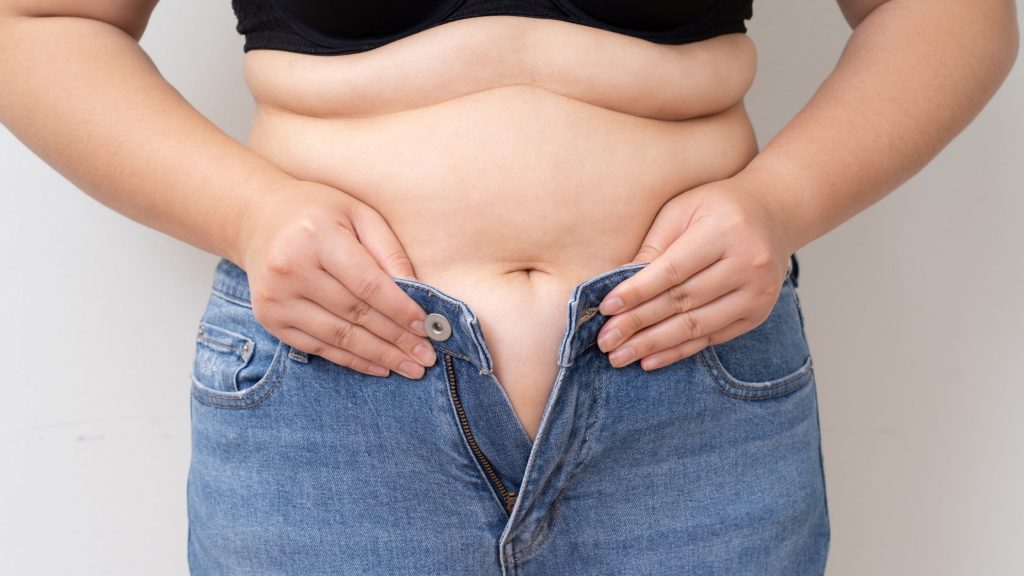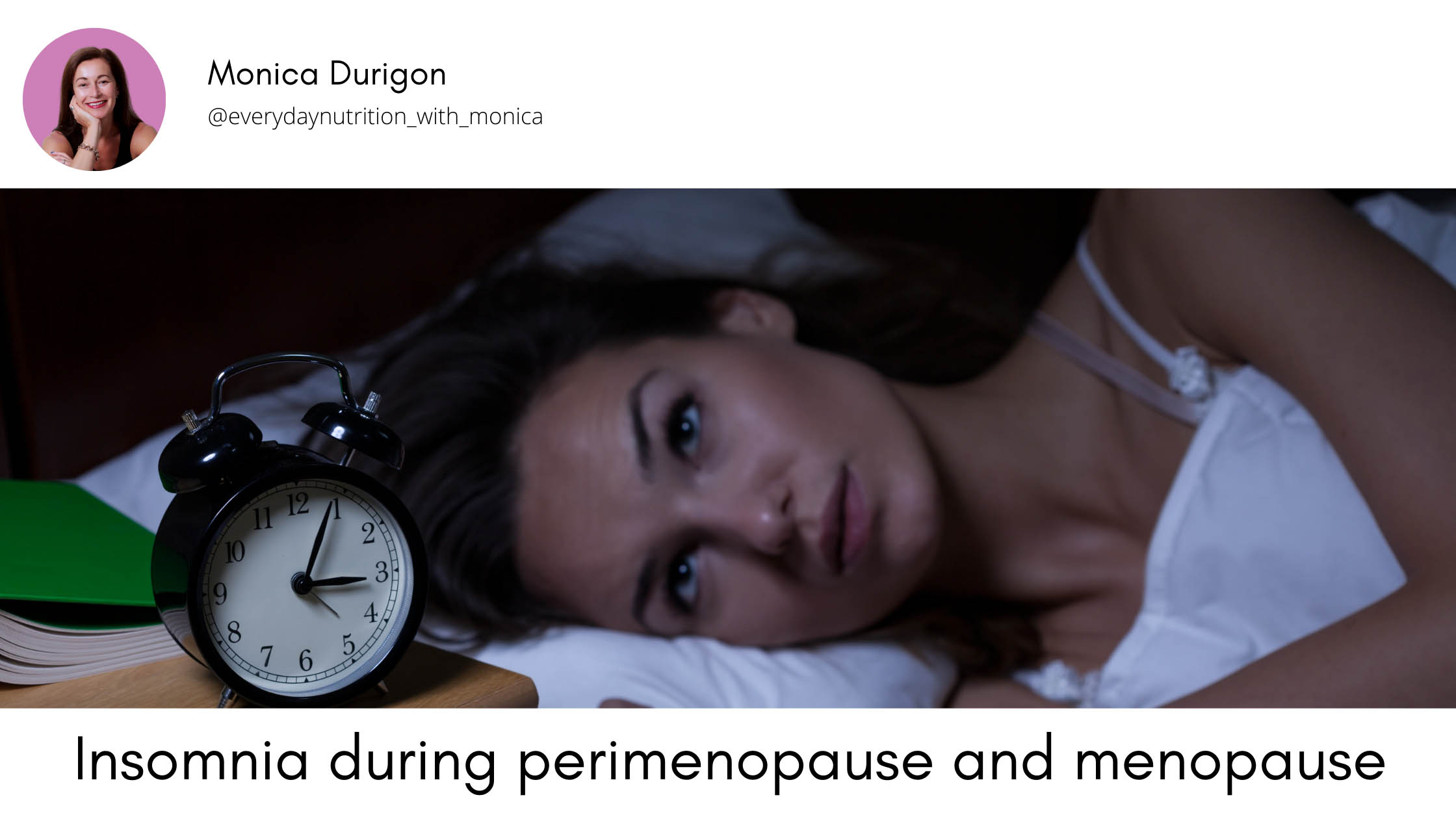Inflammation is a fundamental response by the immune system to injury or infection. It’s characterised by symptoms like redness, heat, swelling, and pain, and its primary purpose is to eliminate the initial cause of cell injury, clear out damaged cells, and initiate tissue repair.
But there are two types of inflammation that your body can experience.
Acute Inflammation:
This is the immediate and short-term response to an injury or infection as previously described. It typically resolves within a few days or weeks once the body has healed. You can think of acute inflammation as your body’s own personal fire department. When there’s an “emergency” like a cut or an infection, the sirens wail, and the body sends out its firefighters (white blood cells) to put out the fire (infection or injury). They get the job done quickly and then head back to the station, and everything goes back to normal. It’s a fast, loud, and noticeable response – redness, swelling, heat, the whole shebang!
Chronic Low-Grade Inflammation:
This type of inflammation is a prolonged, often subtle response lasting for months or even years. It is called “low-grade” because it operates at a level that is less intense and noticeable than acute inflammation, but it is persistent.
Chronic low-grade inflammation can be triggered by many factors like poor diet, obesity, stress, toxicity or lingering infection and more. Over time, it can contribute to various diseases, such as heart disease, cancer, and diabetes and it can make weight loss impossible.
Chronic Low-Grade Inflammation, instead, is like that annoying leaky faucet that just won’t quit dripping. It’s not as in-your-face as a house on fire, but over time, it can lead to a flood (chronic diseases). It’s your body grumbling and mumbling in the background about something it doesn’t like, such as that junk food you had last night or the fact that your couch is your favourite place to be. It’s like a low-level, never-ending party of grumpy cells that forgot to go home, and over time, they can make a mess of things.

The stress-inflammation loop
Low-grade chronic inflammation and stress hormones go hand in hand. Cortisol, the stress hormone, in short outbursts, limits inflammation. However, if you have consistently high levels of cortisol, your body can get used to having too much cortisol in your blood, which can lead to inflammation and a weakened immune system.
This happens because chronic inflammation disrupts one of the main communication pathways in our brain: the hypothalamic-pituitary pathway, which is bad news because this pathway controls many of our hormone secretions.

An inflamed body is a body hanging on to its fat cells.
Here are seven ways inflammation makes weight loss impossible
#1 The Cortisol-Sugar Merry-Go-Round:
This is the first way in which inflammation negatively affects your weight, and it’s a vicious cycle! Cortisol follows a circadian rhythm and should be highest in the morning and then taper down throughout the day. But when cortisol stays high all day, unfortunately, your body gets really good at storing fat, and of course, makes you have even more cravings, especially for sugar.
#2 The Mood-Crashing Roller Coaster:
Cortisol lowers serotonin, and serotonin is the brain chemical that makes you feel good and sleep. Low serotonin is like having only sad songs on your playlist. You crave carbs to lift your spirits, but broccoli? That’s like dancing to elevator music.
#3 The Never-Full Buffet:
Inflammation gives you a never-ending appetite by messing with leptin, the hormone that says, “I’m full.” It’s like a broken traffic light that never turns red, so you just keep piling food on your plate without knowing when to stop.
This is called leptin resistance, your brain is not getting the signal to put the fork down.
#4 The Insulin Resistance Door Slam:
Insulin’s job is to escort sugar out of your bloodstream into the cells of your body. But when there’s inflammation, your body secretes too much insulin and keeps insulin in your bloodstream longer than supposed to be. Eventually, all of that excess insulin level will make your cells resistant to its effect. This is what is known as insulin resistance.
Insulin resistance also acts like a bouncer who won’t let anyone out of the fat cell club, and good luck losing weight with that door slammed shut!
Most experts say if you have chronic inflammation, you are guaranteed to have insulin resistance, and that’s another vicious cycle because anything that causes inflammation will cause insulin resistance. Then anything that causes insulin resistance will cause inflammation.
#5 The Puffy Water Balloon:
When your body is inflamed, it retains fluid. Inflammation turns your body into a water-hoarding sponge! If you’re feeling bloated and puffy, this is your body message that it is fighting a battle with inflammatory foods that you are eating, and you’re caught in the war zone.
#6 The Gut Garden Mayhem:
Unhealthy foods and stress mess up your gut flora like weeds in a garden. Gut-related inflammation brought on by unhealthy foods, stress and antibiotics creates gut imbalances AKA gut dysbiosis, and those trillions of organisms can’t work right. You end up hungrier, with cravings, and extracting more calories from the food you eat and guess what? You store them as fat. It’s like a garden party gone wrong.
#7 The Sluggish Truck Impact:
Lastly, when your immune system is constantly revved up and you are chronically inflamed, it feels like being run over by a truck, and all you want to do is stay glued to the couch. The less active you become, the more you contribute to insulin resistance and more inflammation and more weight!

So, there you have it, a ride through the wild theme park of inflammation! if all this seems a little depressing, don’t worry because I have good news!
Now that you know all this, you can get yourself off this ride and reduce and even resolve chronic inflammation. In my next blog, I am going to explain which are the main contributing factors that you can easily control to make a big difference.
With love, energy, and care

References:
Chronic Inflammation and Insulin Resistance:
Myers, M. G., Cowley, M. A., & Münzberg, H. (2008). Mechanisms of leptin action and leptin resistance. Annual Review of Physiology, 70, 537-556.
Milanski, M., et al. (2012). Saturated fatty acids produce an inflammatory response predominantly through the activation of TLR4 signaling in hypothalamus. The Journal of Neuroscience, 32(2), 636-649.
Lontchi-Yimagou, E. et al. (2019). Insulin resistance in type 2 diabetes: recent epigenetic findings. Diabetes Research and Clinical Practice, 152, 108-114.
Esser, N., et al. (2020). Inflammation as a link between obesity, metabolic syndrome, and type 2 diabetes. Diabetes Research and Clinical Practice, 108(2), 32-41.
Chronic Inflammation and Cortisol Levels:
Miller, G. E., Chen, E., & Zhou, E. S. (2007). If it goes up, must it come down? Chronic stress and the hypothalamic-pituitary-adrenocortical axis in humans. Psychological Bulletin, 133(1), 25-45.
Qureshi, A., et al. (2020). Chronic Inflammation Leads to a Higher Risk of Disease and Other Health Problems: A Review. Clinical Laboratory, 66(6).
Irwin, M. R., & Slavich, G. M. (2017). Psychoneuroimmunology. Annual Review of Psychology, 68, 4.1-4.25.
Chronic Inflammation and Weight Gain:
Lumeng, C. N., & Saltiel, A. R. (2011). Inflammatory links between obesity and metabolic disease. The Journal of Clinical Investigation, 121(6), 2111-2117.
Gregor, M. F., & Hotamisligil, G. S. (2011). Inflammatory mechanisms in obesity. Annual Review of Immunology, 29, 415-445.
Reilly, S. M., & Saltiel, A. R. (2017). Adapting to obesity with adipose tissue inflammation. Nature Reviews Endocrinology, 13(11), 633-643.
Dandona, P., et al. (2019). Inflammation as a driver of obesity and insulin resistance. Frontiers of Hormone Research, 53, 111-123.
Chronic Inflammation and Leptin Resistance:
Engin, A. (2017). What Is Lipotoxicity? Advances in Experimental Medicine and Biology, 960, 197-220.
Wang, Z., et al. (2020). Brain-derived neurotrophic factor mimics the beneficial metabolic effects of exercise on diet-induced obesity via the regulation of inflammatory factors. Journal of Cellular Biochemistry, 121(6), 3072-3083.





0 Comments